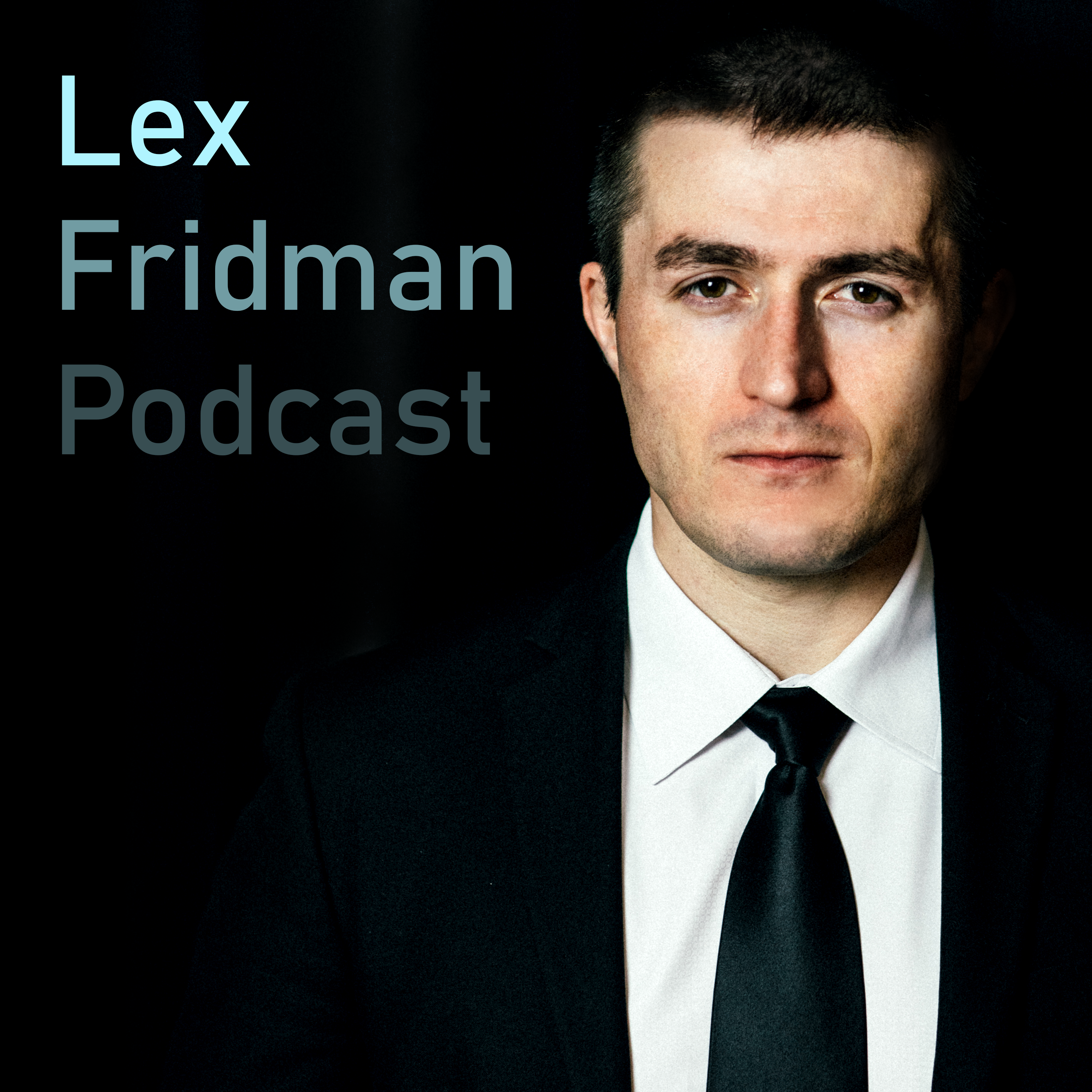Clip

Efficient Drawing Techniques for Video Game Graphics
The speaker explains how he came up with the idea to efficiently draw video game graphics by using the hardware designed for text output and how this technique played a big role in his later work at id software. He also notes that without proper programming, this technique would result in a slow and unfun experience.